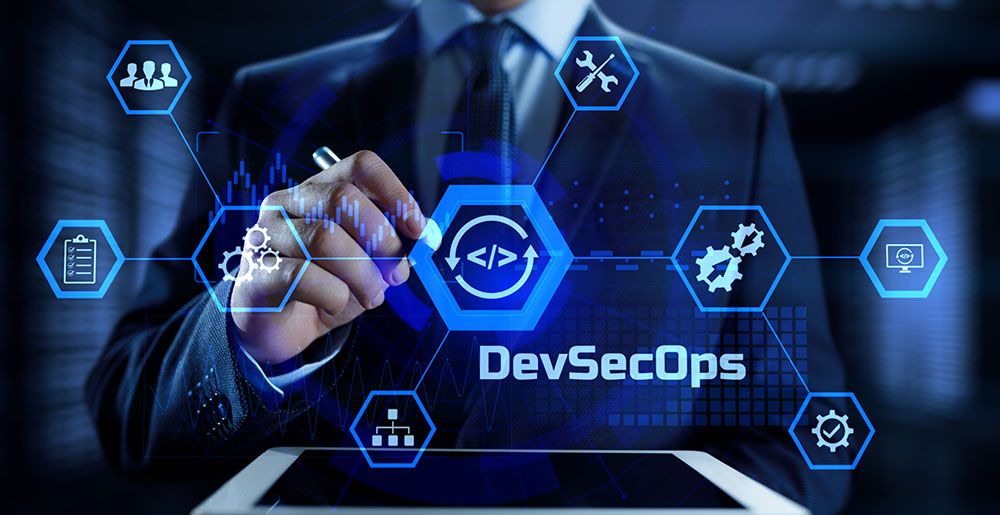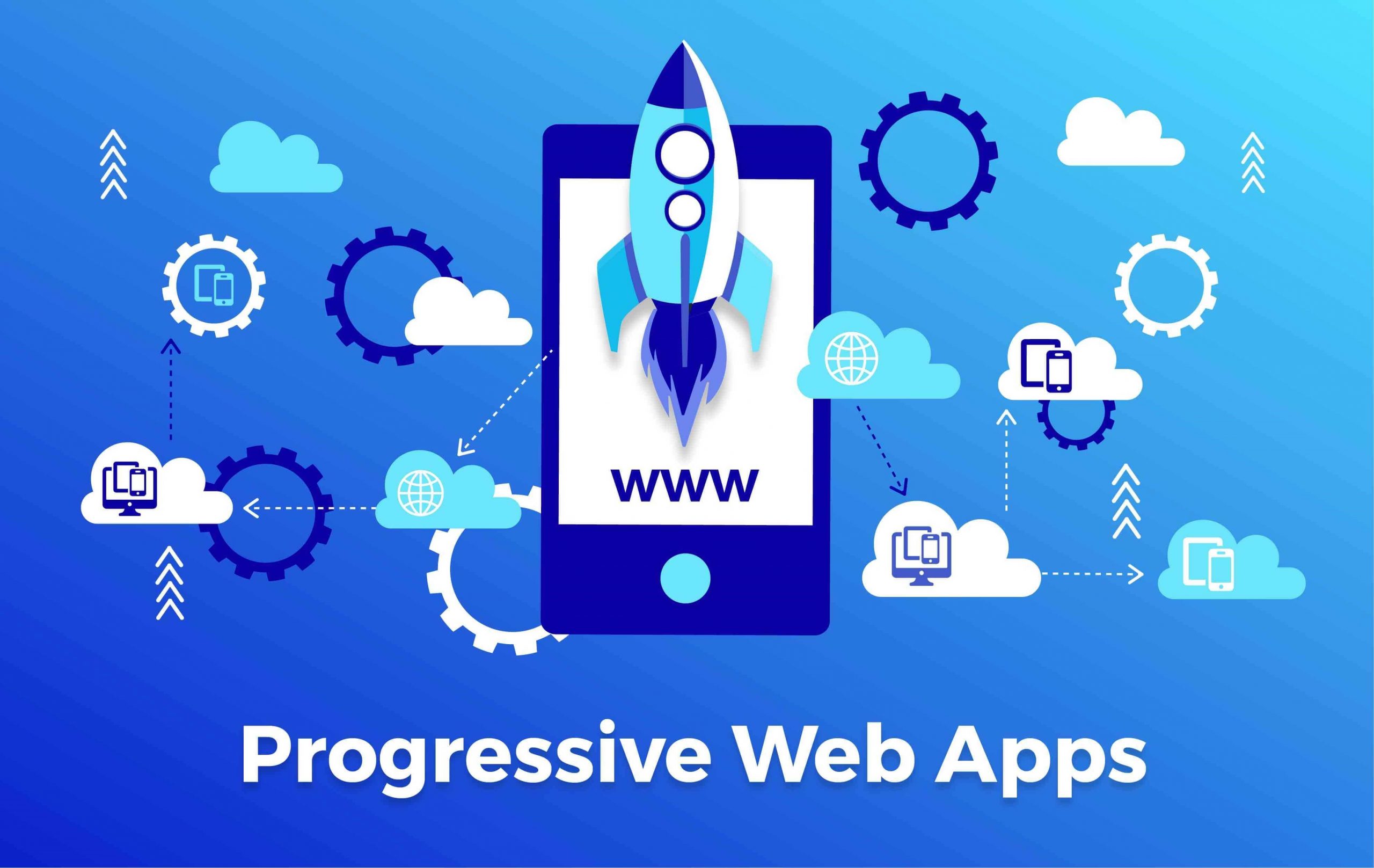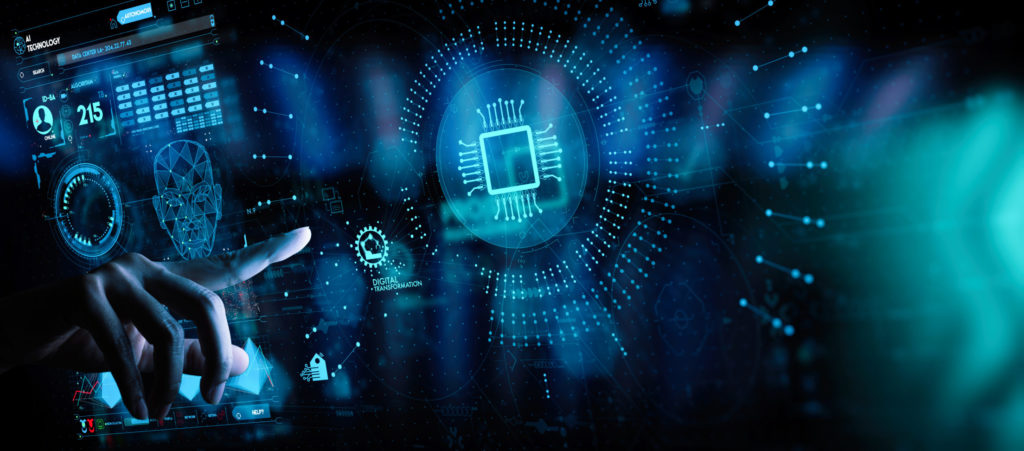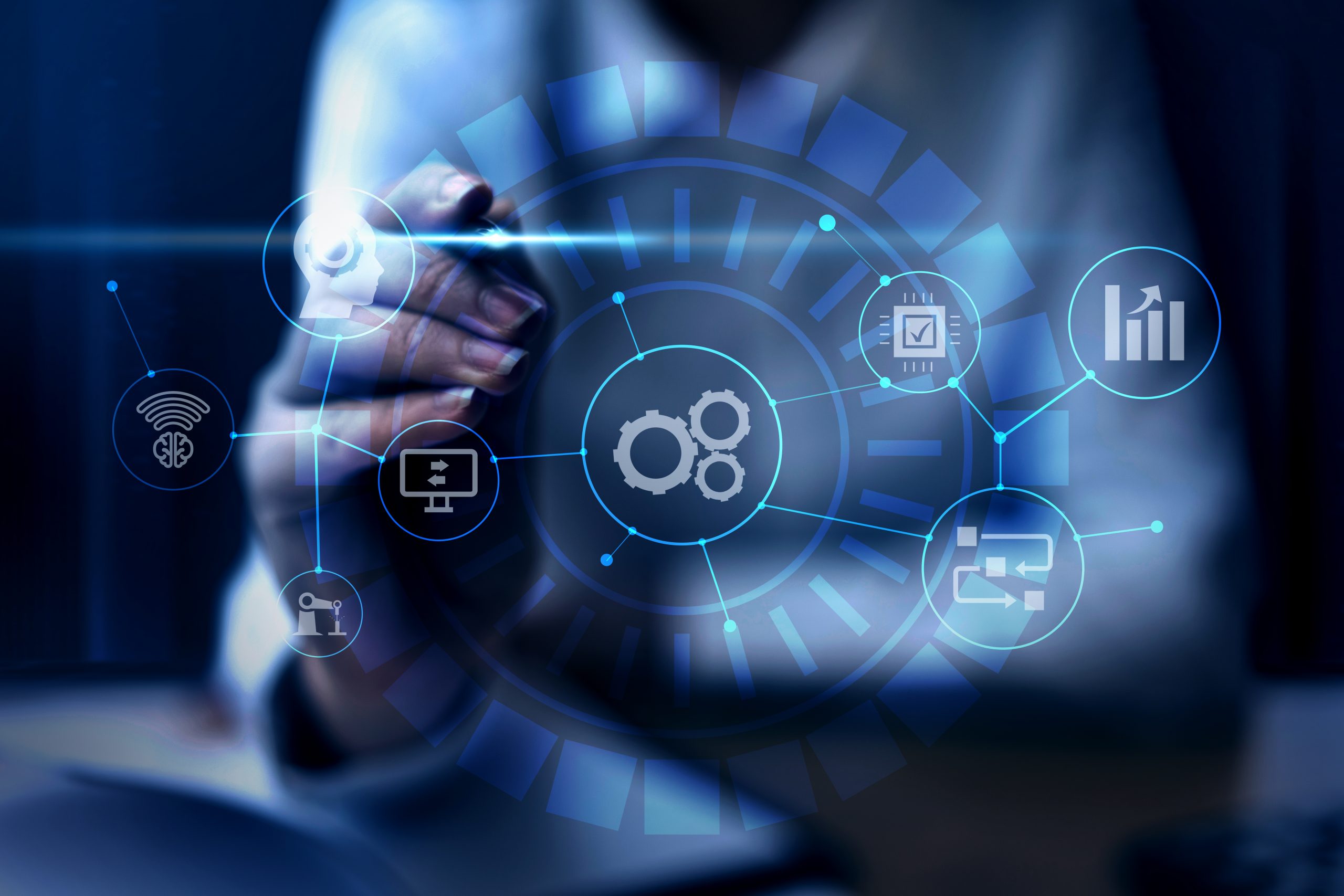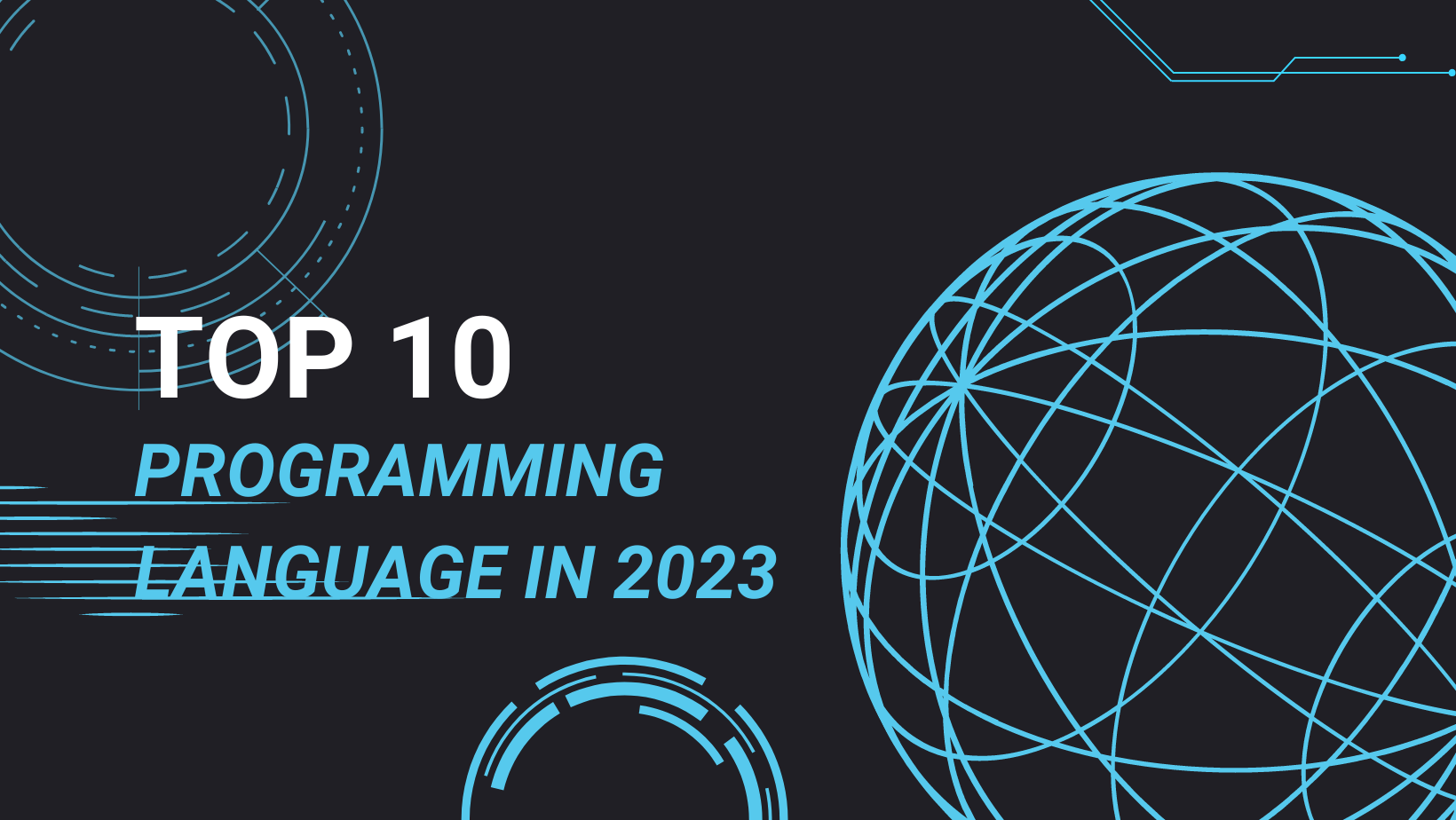Agile Web Development: Why It’s the Future of Software Development
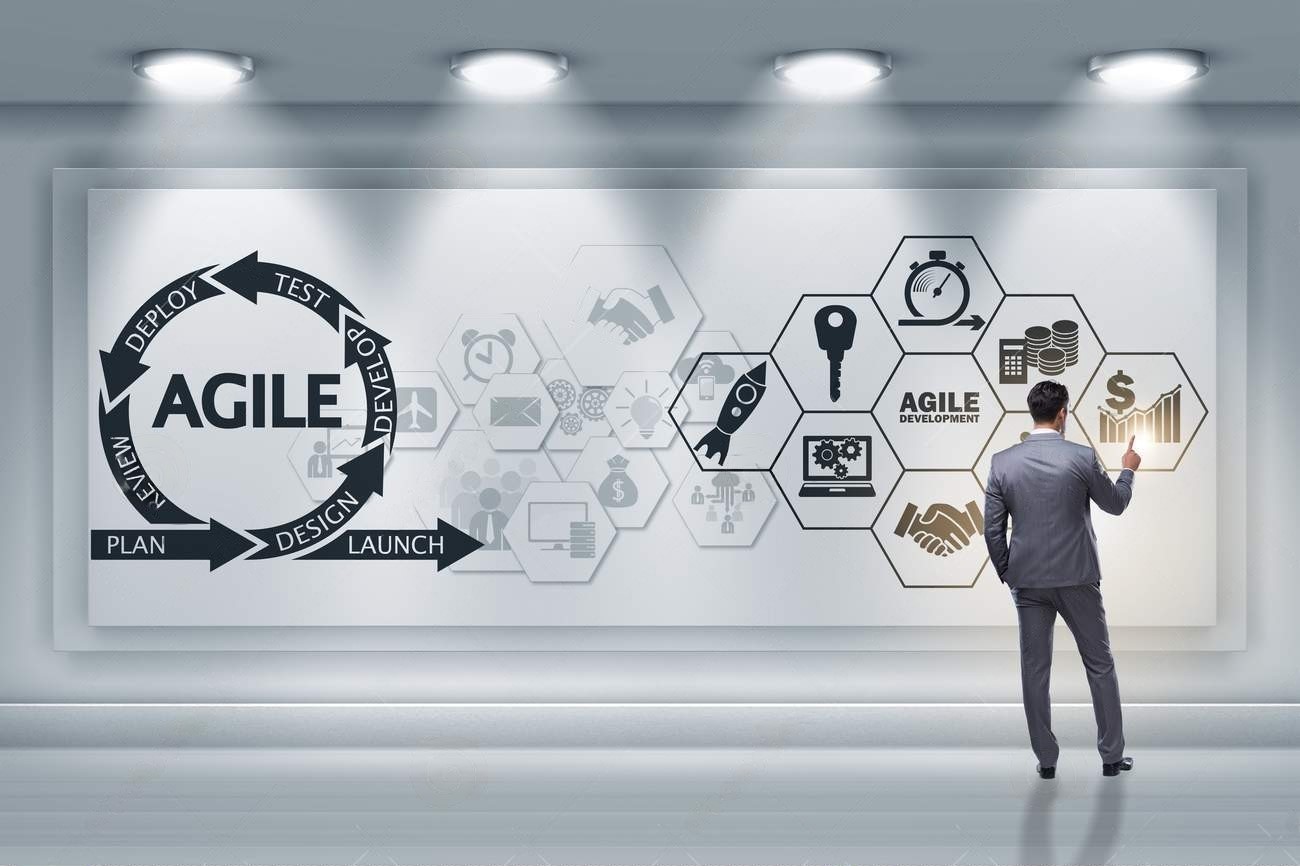
In the rapidly-evolving world of web development, staying competitive and relevant means embracing the latest methodologies and tools. One of the most popular and effective approaches to software development is Agile web development, which emphasizes flexibility, speed, and collaboration. In contrast to the rigid and linear approach of the traditional waterfall model, Agile web development is an iterative process that breaks down a project into small, manageable chunks that can be developed and tested quickly. Agile web development has revolutionized the field of web development, providing developers with a more efficient, responsive, and customer-focused approach to software development. In this blog, we will provide an overview of Agile web development, including its process, the difference between the waterfall model and agile model, and its many benefits.
What is Agile Web Development?
Agile web development is a flexible and adaptable software development methodology based on the Agile Manifesto, which prioritizes speed, collaboration, and flexibility. In Agile web development, the project is broken down into small, manageable iterations or sprints that can be developed and tested quickly, with feedback incorporated into each subsequent iteration. This approach emphasizes communication and collaboration among team members, fostering teamwork and shared responsibility. Agile web development is highly responsive to changes in requirements, technology, or market conditions, making it a preferred approach for many software development teams.
Process of Agile Web Development
Agile web development follows an iterative process that involves several phases. Following are the steps for implementing Agile Web Development process;
Step 1: Planning
- Define the project scope
- Set goals and objectives
- Identify deliverables
- Determine the timeline and budget
- Assemble the development team
Step 2: Design
- Develop a high-level design for the project
- Create wireframes and mockups
- Identify potential risks and challenges
- Refine the project scope and objectives as necessary
Step 3: Development
- Break down the project into small, manageable chunks
- Develop each chunk in an iterative manner, with each increment building on the previous one
- Test each increment thoroughly for bugs and errors
- Incorporate feedback from the customer and the development team
Step 4: Testing
- Test each increment for bugs and errors
- Evaluate the overall functionality and usability of the project
- Address any issues that arise during testing
Step 5: Deployment
- Deploy the project to the production environment
- Conduct final testing and quality assurance
- Ensure that the project is stable and performs as expected in the production environment
- Address any issues that arise during testing
Step 6: Maintenance
- Provide ongoing support and maintenance for the project
- Address any issues that arise in the production environment
- Continuously improve and refine the project based on customer feedback and changing requirements.
Difference between Waterfall Model vs. Agile Model
The Waterfall Model is a linear, sequential approach to software development, while the Agile Model is an iterative, flexible approach that emphasizes collaboration and continuous improvement. The Waterfall Model involves planning upfront and little room for changes or adjustments, while the Agile Model involves ongoing planning and is highly flexible, allowing for changes and adjustments throughout the development process. The Waterfall Model places little emphasis on customer involvement, while the Agile Model emphasizes ongoing collaboration and feedback from the customer. The Waterfall Model typically involves testing only at the end of the development process, while the Agile Model involves testing throughout the development process, ensuring that issues are identified and addressed early on. While both models have their strengths and weaknesses, the Agile Model has become the preferred approach for many software development teams, due to its flexibility, responsiveness to changing requirements, and emphasis on collaboration and feedback.
Benefits of Agile Web Development
Agile web development has several benefits over the traditional waterfall model. Following are some of them;
- Flexibility and responsiveness to changing requirements
- Emphasis on collaboration between team members and with the customer
- More customer-focused approach, leading to a better understanding of the customer’s needs and requirements
- Faster and more efficient development cycle than the traditional waterfall model
- Ability to adapt to changes in project requirements quickly and easily
- Iterative approach leads to better communication and understanding of the project requirements
- Better control over the project timeline and budget
- Increased transparency and visibility into the project’s progress
- Improved quality of the end product, as each increment is thoroughly tested and evaluated before moving on to the next increment
- Better risk management, as potential risks are identified and addressed early in the development process.
How can 4C Consulting Technological Division help you in Web Development?
With extensive experience in this domain, we are specialists at web development. At 4C Consulting Technological Division, we create web experiences that are high performing, feature-packed and digitally transformative. These are designed to be fully functional as well as user-friendly. We place special emphasis on security as well as scalability of these solutions. Connect us now to start your Web Development journey.





